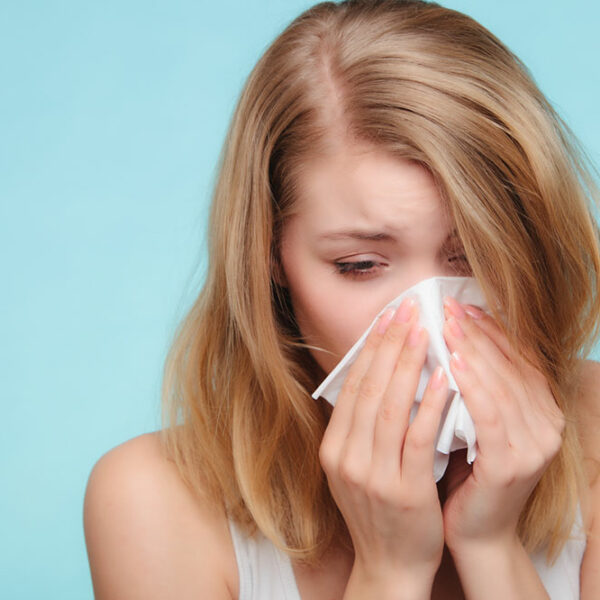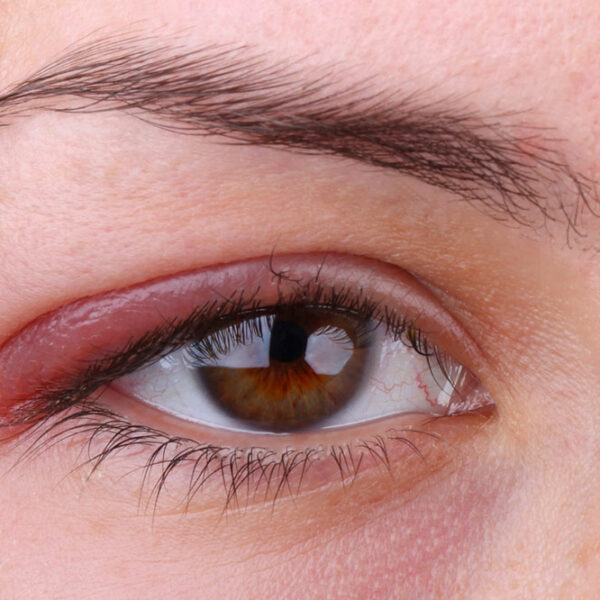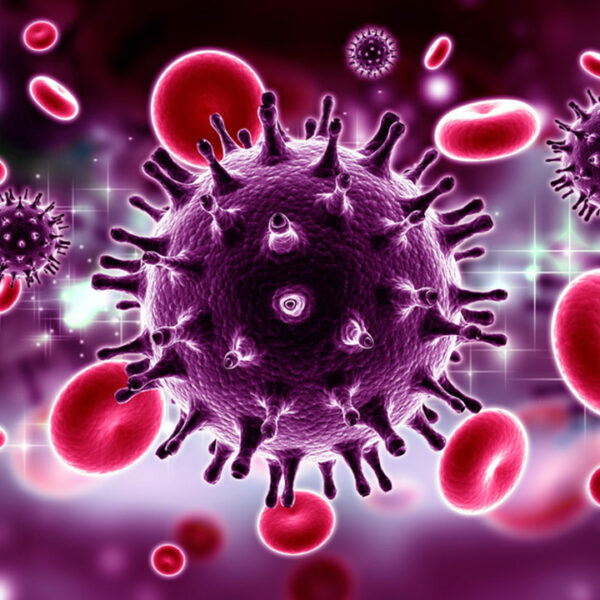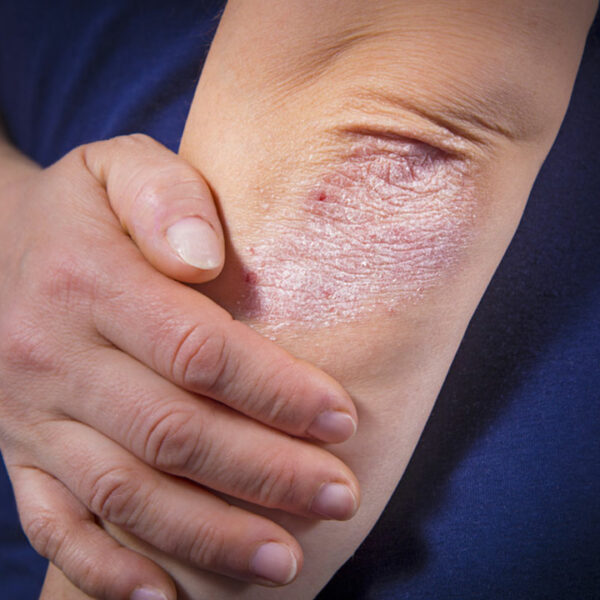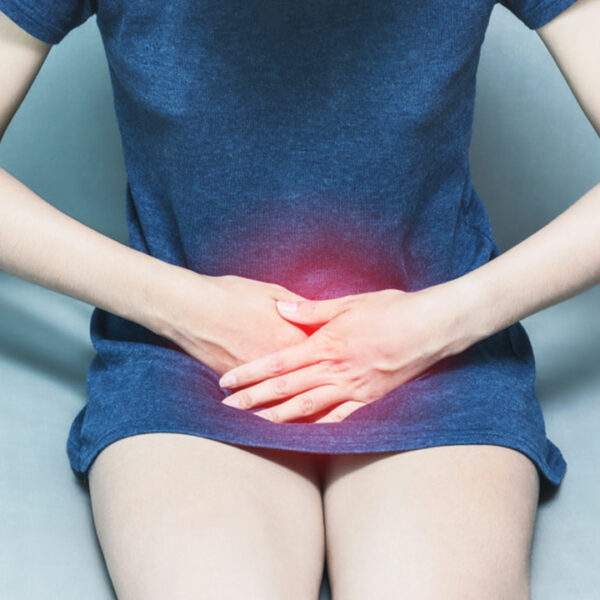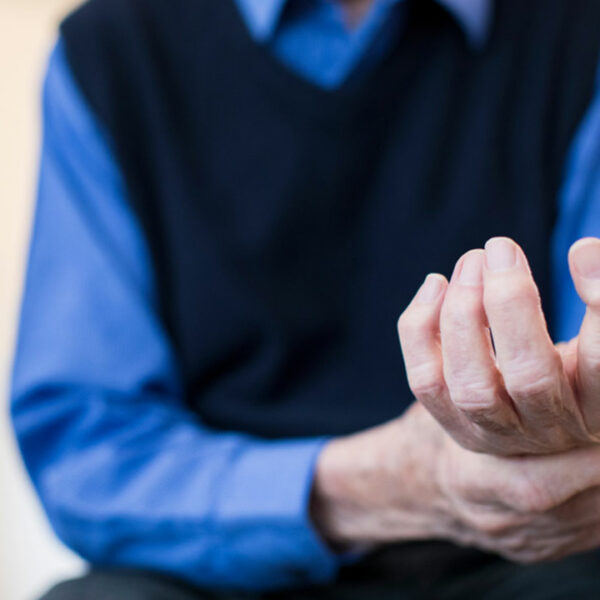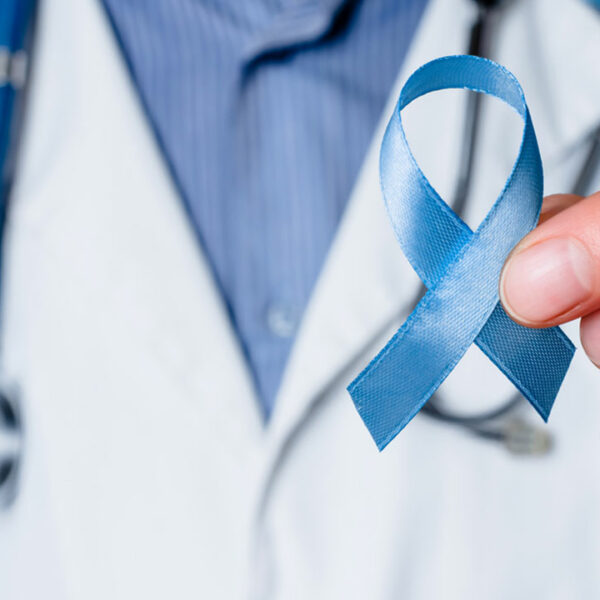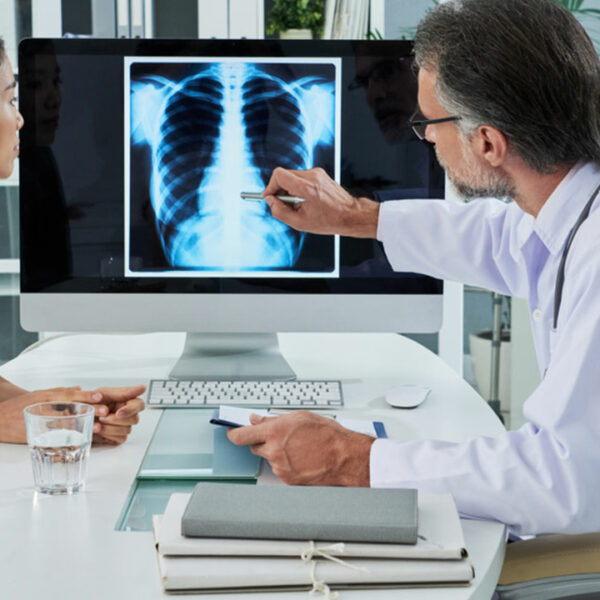
How to maintain flawless and healthy-looking skin sitting at home
Everyone wants to look young and have glowing skin that simply radiates inner beauty. But there are a number of factors that can damage the skin externally and internally without you even noticing something is wrong until it’s too late. Also, getting your skin treated by a professional can cost a lot of money and is not really a necessity unless the damage done is substantial. There are three simple ways to ensure flawless and healthy, glowing skin sitting right at home. Here is what you need to do. What type of skin are you working with? Your beauty and skin care routine will vary depending upon your skin type: too dry, oily, combination of both, or even too sensitive. Once you narrow down a specific type, you can choose products and take the next few steps. Cleanse daily It is the first essential step to your beauty and skin care routine. Cleansing your skin with harsh soaps or face washes won’t do you any good, which does not mean you’ll need to go to the store and splurge on expensive cosmetics. A mild cleanser, preferably a foam-based formula will help remove the oil, dirt, and pollutants from the pores.
